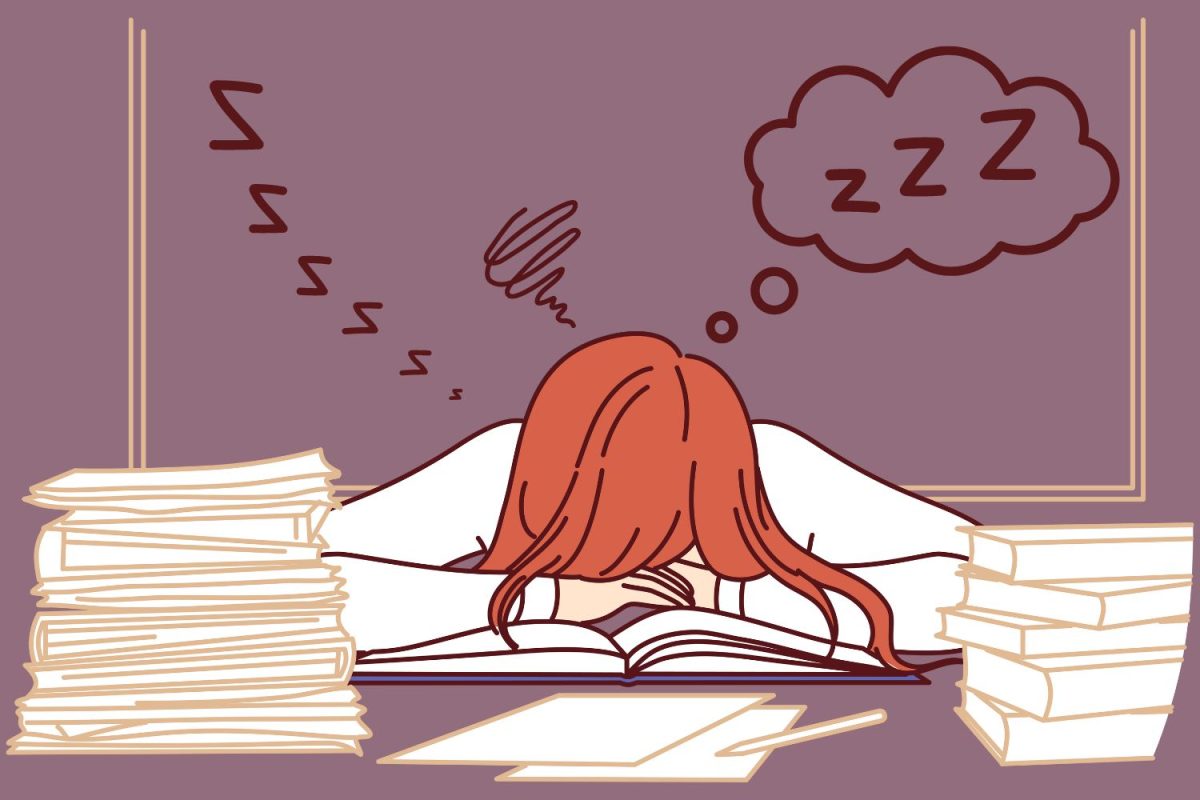The ASL admissions team receives around 1200 applications from prospective students K-12 per year, 800 of which are actually completed in full and are reviewed by the department.
The process for incoming high school students is thorough. Applicants submit three letters of recommendation from an English or Math teacher and a counselor or principal, a transcript, standardized test scores, as well as replies to short answer questions. These include questions such as, “What is your favorite school subject?” and “Describe a book you read that was not for school.”
Slightly over 50 percent of the 800 students that apply are accepted. However, not all acceptees are actually enrolled in ASL.
Kohki Asai (’17) completed the application process in both Grade 8 and 9, having failed to be admitted on his first attempt.
Asai found the process relatively thorough. In reflecting on his first attempt to join the school, Asai cannot pinpoint what hindered his application. “They did not give me a reason, and I was quite confused,” Asai said. “I have to say, my application the next year was probably very, very similar.”
When Dean of Admissions Jodi Warren is reviewing any application, there are key components she looks for to indicate that an applicant will “thrive at ASL.”
Of equal importance to grades and standardized test scores, the admissions department also takes into consideration the qualitative measures of the application. “One of things that we really look at is how a student is on a day-to-day basis in school, and also do they exhibit the core values of the school? Are they a good school citizen?” Warren said. She feels that teacher recommendations are especially telling about an applicant’s personality.
Warren believes that aspects of the High School application parallel those of a U.S. university application. “I think [our application process] is probably very similar to college applications, where those teacher recommendations are really important,” she said.
However, while the skeletal components may be similar, the competitiveness of the process varies. She believes the ASL process is “less competitive than applying to an Ivy school, but it is competitive, especially in the High School, because we only have the space from attrition.”
The High School turnaround rate is lower than the rest of the grades; 82 percent of the 2016 senior class has been at ASL since Grade 5.
Other factors can also further a prospective student’s application. The school has a sibling policy, where siblings of admitted students are given priority, provided they meet the academic standards.
If the admissions department feels an applicant is suited to be part of the ASL community but there is not adequate space in a respective grade for him or her, the applicant is offered a place in the wait pool. There is no ranking system in the wait pool; the only official priority system is for siblings of students who already attend ASL.The sibling policy does not, however, guarantee admission. In Amin Ojjeh’s (’16) case, his younger brother was not accepted to the school despite Ojjeh already being enrolled. “It’s weird to think I have a brother who is a sophomore. [But] he’s unfortunately never been part of my high school experience,” Ojjeh said.
No official admissions policy stands regarding the children of faculty members, yet, they are often given similar priority to siblings if they meet the application requirements. Currently, 59 students at ASL are the children of faculty members.
The application process has gone through two major changes in Warren’s 20+ years of working at ASL. Firstly, everything is now submitted 100 percent online, as opposed to the past, where applicants sent hard copies via mail.
The second concrete change is the implementation of an application deadline of January 31.
The number of spaces the school can offer applicants is also changing. Before 2008, the turnover rate was – excluding the senior class – 20 percent of students in all divisions of the school. In 2008, this figure dropped to 15 percent and has been steadily declining since. “At the end of last year, 2015, it was only 13 percent,” Warren said. “That’s a huge number of new students who [we] do not have spaces for.”








